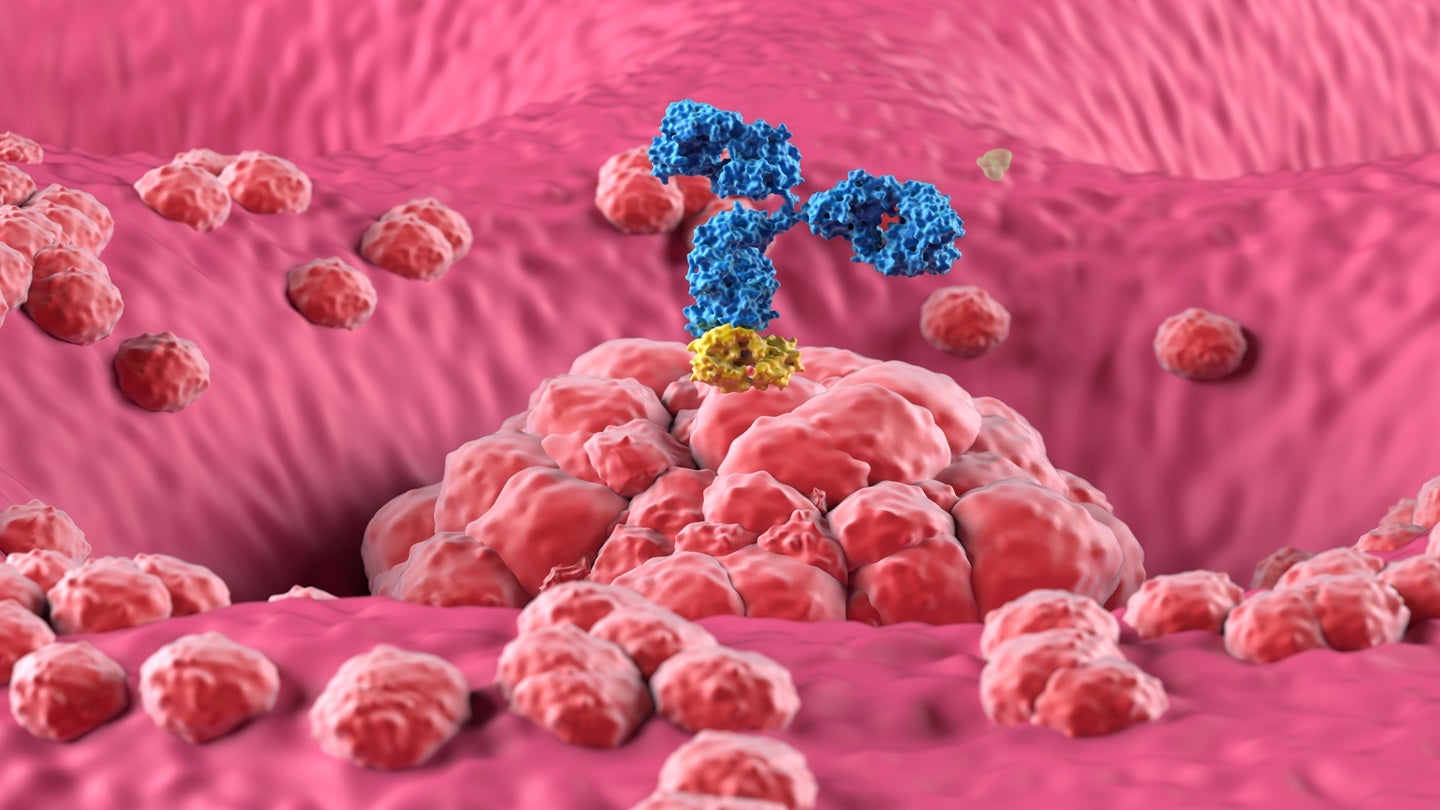
Unveiling GENA-111: A Controversial Leap in Cancer Treatment
Genome & Company, a prominent player in the biotechnology arena, has recently made waves by transferring its innovative drug candidate, GENA-111, to Swiss pharmaceutical titan, Debiopharm. This historic technology transfer, reportedly valued at 586 billion won (approximately $428.8 million), marks a significant milestone for Genome & Company, which is venturing deeper into the realm of targeted cancer therapies. However, as intriguing as this development is, it has been clouded by a veil of ambiguity regarding the specific indications for GENA-111.
 Researching new cancer therapies
Researching new cancer therapies
The Anticipation That Fell Flat
The buzz surrounding this transfer ignited a flurry of excitement leading up to the press conference at the recent BIO International Convention 2024 in San Diego. Observers and investors alike were eager for insights into the implications of this deal, hoping for revelations about GENA-111’s targeted indications and future development pipeline. The presence of Debiopharm executives, including CEO Bertrand Ducrey and CSO Frederic Levy, further heightened expectations for transparency.
Regrettably, the event did little to quell the intrigue surrounding GENA-111. When pressed about the drug’s indications, Debiopharm’s Levy offered only a vague response, revealing that the drug targets one gynecologic cancer and one hormone-related cancer, without delving into specifics. This reticence left many in the audience pondering the details behind these indications, especially considering Genome & Company had previously suggested that GENA-111 was primarily aligned with ovarian cancer treatment.
As an industry observer, I felt an underlying discomfort during that conference—an unsettling reminder of the often opaque nature of biotech communications. The conference should have been an opportunity for Genome & Company to showcase the groundbreaking potential of their research. Instead, it raised questions about their strategic transparency and the clarity of their claims within an increasingly competitive market.
A Question of Transparency
A key takeaway from the exchange was Genome & Company’s approach to information disclosure. When asked directly about GENA-111’s indications, the company redirected questions back to Debiopharm, emphasizing that the latter had provided “comprehensive disclosures.” Yet, how comprehensive can these disclosures be if the primary stakeholders—the potential investors and the public—are left in the dark?
This lack of clarity becomes all the more concerning when juxtaposed against claims of GENA-111 being a pioneering global drug. In my experience following the biotech industry, I have seen countless companies falter when they fail to maintain transparent communication, leaving stakeholders and potential partners ensnared in a web of confusion.
The Implications of Ambiguity
To understand the implications of this ambiguity further, one must consider the dynamics at play between Genome & Company and Debiopharm. Are both parties aligned in their vision for GENA-111? If Genome & Company previously disclosed ovarian cancer as a target, why did they shy away from reiterating this information during the press conference? Such misalignment—or lack of clarity—can be damaging not just to reputations but can also affect future research and market strategies.
 Targeting cancer with GENA-111
Targeting cancer with GENA-111
The Road Ahead
Moving forward, it is imperative for Genome & Company to embrace transparency in their communications. In a world where investors increasingly demand clarity, the costs of withholding information can be steep. The biotech landscape grows more empowered each day, and companies must adapt to these changes—acknowledging the need for openness about development phases, research efficacy, and indication details to build trust amongst their stakeholders.
Levy’s remarks about Genome & Company’s research ethos, which showcased their commitment to innovation, should have set the stage for thoughtful dialogue, not confusion. Nevertheless, I hope that this incident serves as a wake-up call for the company to prioritize clearer communications not just for its own benefit but for the integrity of the market in which it operates.
As I reflect on this situation, I can’t help but draw parallels to experiences I’ve had within collaborative projects, where clear communication was the heartbeat of success. Just like in those instances, biotech firms that prioritize transparency are more likely to earn the trust and support of investors and patients alike.
We all stand to gain from such clarity, particularly in the fight against cancer, where every development could mean the difference between life and death. Genome & Company has an opportunity to lead the way in responsible communication, and I sincerely hope they seize it.
Conclusion
In conclusion, as Genome & Company embarks on this promising journey with GENA-111, it becomes increasingly evident that the way forward lies in embracing transparency and clarity in all communications. The complexities of drug development and partnership dynamics should not overshadow the crucial need for stakeholders to have access to clear and actionable information.
As we watch this space, I remain hopeful that the next update will shed light on GENA-111’s progress in a manner that respects the intelligence and expectations of all involved. After all, in the intricate landscape of biotechnology, clarity is paramount.
 Innovative biotechnology developments
Innovative biotechnology developments















